Seeing Science: How Photography Reveals the Universe
Seeing Science: How Photography Reveals the Universe
Marvin Heiferman
July 30, 2019
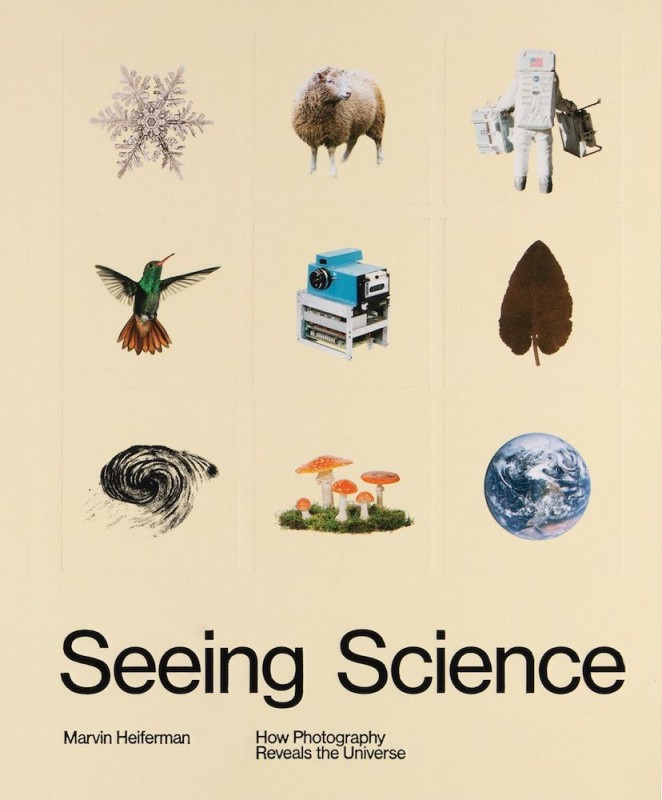
Radiography and Sonography are parts of everyday life in any doctor's surgery; photographs play a central role in communicating medical information, and determining diagnoses and treatments. Images of the human body in all its details and layers are becoming increasingly precise; yet it is not just about human beings. Heiferman illustrates this in a comprehensive way, as he ranges over the scientific fields of Ornithology, Astronomy, Genomics, Physics, Chemistry, and Ecology, even including Virtual Reality. He also documents precisely that, in this era of climate change, it is increasingly scientific images that offer the best evidence. Heiferman's texts are complemented with interviews and quotes from many scientists and photographers. The book is divided into three major sections: Knowledge, Culture, and Imagination. Scientific images are revealed as far more than just a means of information: they are often also aesthetic and emotional works of art. Such images are capable of changing society, or at least getting people to question traditional attitudes. Stated simply, there are times when complex correlations need a convincing visualisation, so as to bring about general understanding.
Well-known classic photographers, such as Anna Atkins, Eadweard Muybridge, Carl Strüwe and Harold E. Edgerton, who were already interested in discovering the world from the scientific perspective years ago, are included in the book. So are contemporary photo artists such as Nancy Burson, Joan Fontcuberta and Trevor Paglen, alongside the work of completely unknown photographers. Furthermore, anyone intrigued to know what Robert Rauschenberg had to do with the moon landing, or what former U.S. President Barack Obama had to do with a marshmallow cannon, will find some surprising answers in this publication.
Heiferman's previous book from 2012, Photography Changes Everything, was already a fascinating, multi-faceted project about the impact of photography on our daily lives and in our culture. In this, his latest photo book, the author has once again managed to produce a real tour de force. Much more than just a classic history of photography, it offers the reader extensive insight into the most varied types of photography.
(Ulrich Rüter)
224 pages, with over 300 black and white and colour pictures. 26 x 22 cm. English. Aperture (in collaboration with the University of Maryland, Baltimore County)
Marvin Heiferman+-
Marvin Heiferman (born 1948) creates projects about photography and visual culture for institutions, including the Museum of Modern Art, Smithsonian Institution, International Center of Photography, Whitney Museum of American Art, New Museum and the Carnegie Museum of Art. Heiferman has written for numerous publications, monographs, magazines and blogs, including the New York Times, CNN, Artforum, Design Observer, Art in America, and Aperture. He is the author/editor of over two dozen books on visual culture, including Photography Changes Everything (Aperture/Smithsonian, 2012). More

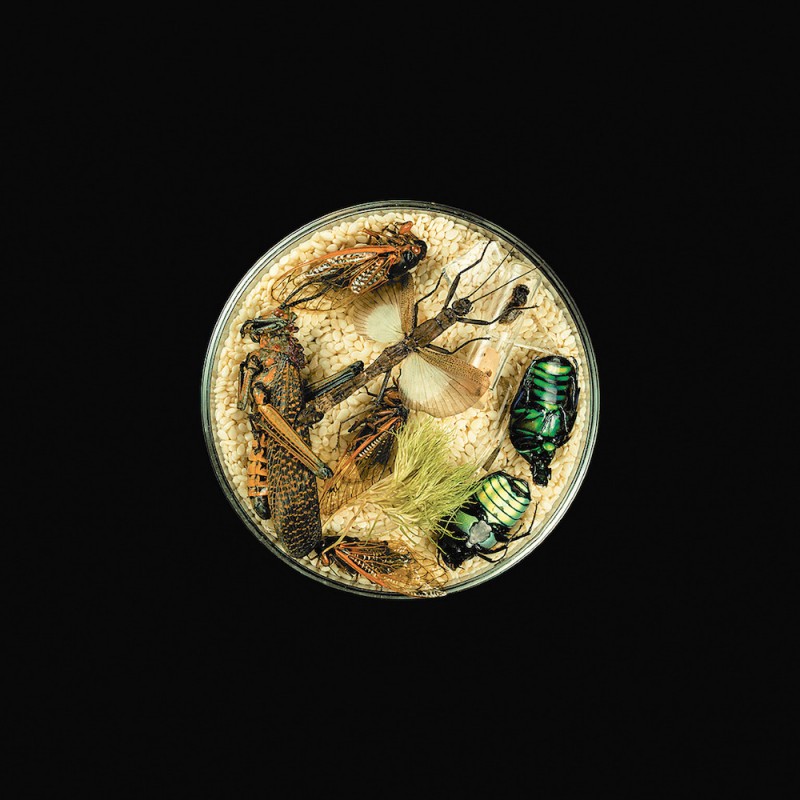
Suzanne Anker: Vanitas (in a petry dish) 29, 2013
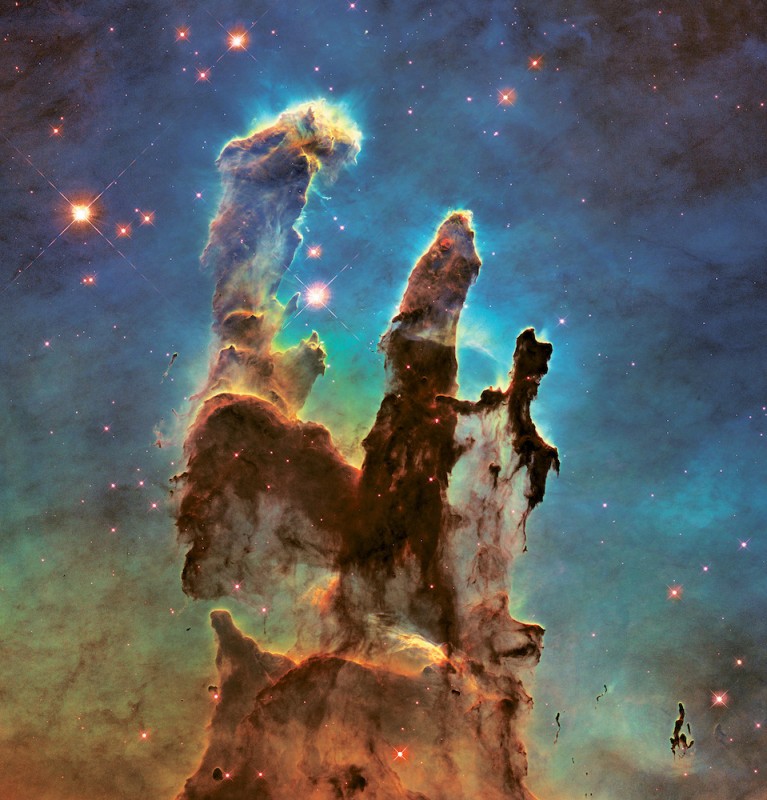
NASA/ESA/Hubble Heritage Team: Eagle Nebula’s “Pillars of Creation”, 2015
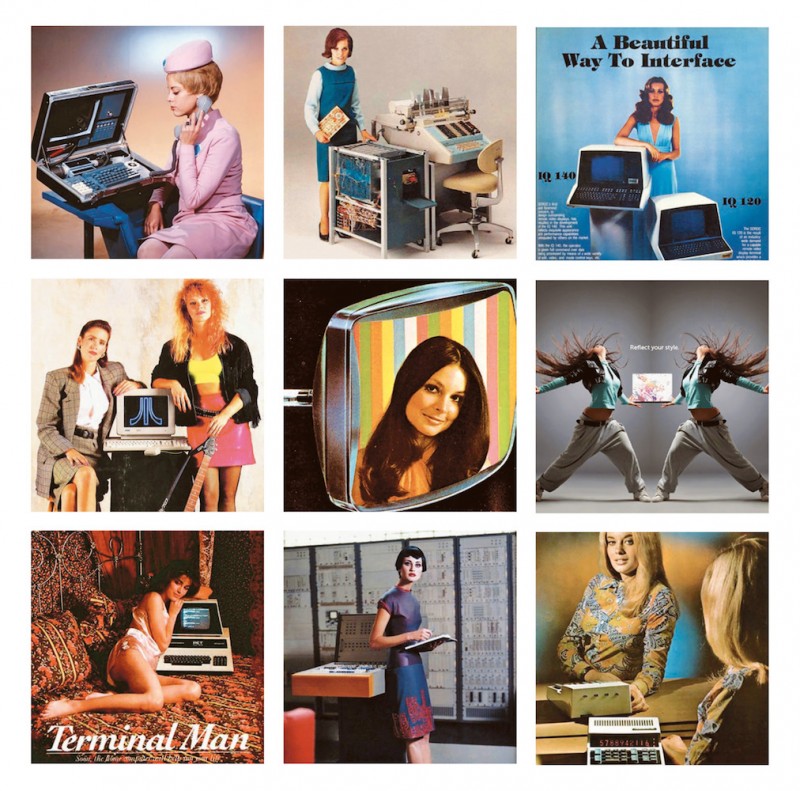
Oliver Wasow: Women Selling Technology, 2018
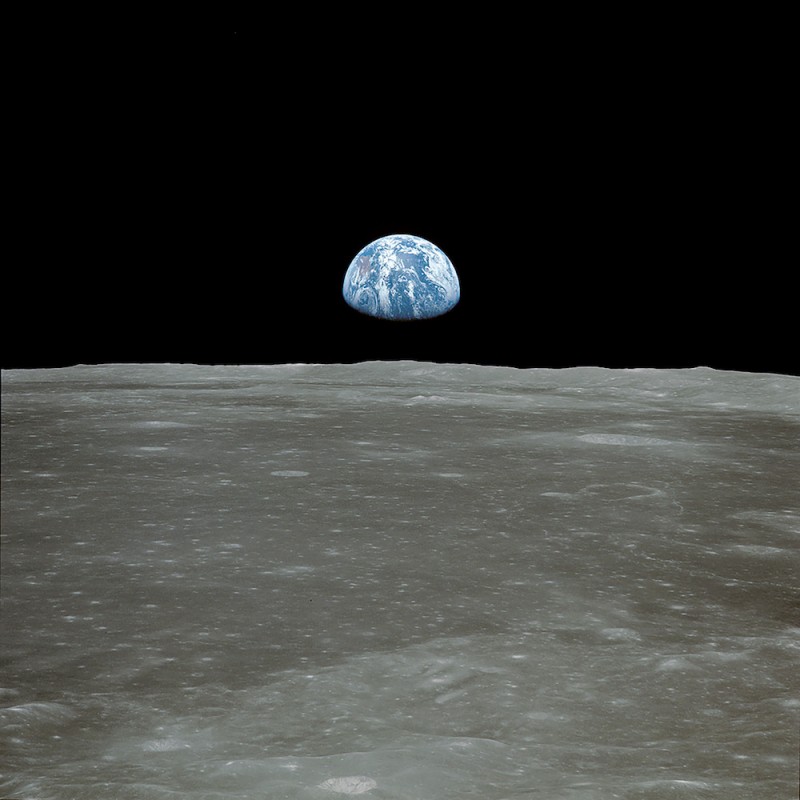
William Anders: Earthrise, 1968

Enrico Sacchetti: CMS experiment at CERN’s Large Hadron Collider, 2014